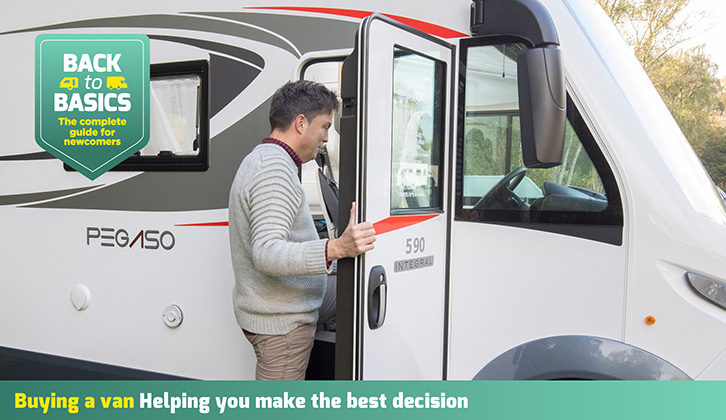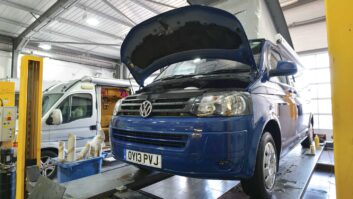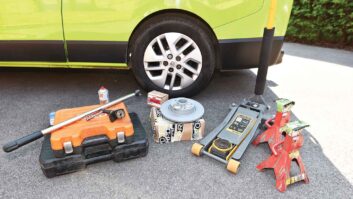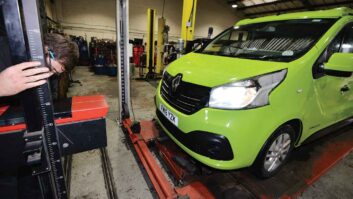So you’ve found what looks like the best motorhome for your needs – it’s got the layout and berths you want, at a price that’s right. But to make sure it’s really right for you, you’ll need to take a test drive. Here’s some advice on what to look out for.
Once you’ve decided on a motorhome to look at and organised the viewing, print out a screen grab to take with you so that you can double check the ’van you’re viewing is the same year as stated in the advertisement, and that the bodywork is in the same condition as the photograph.
Then, triple check that you have the correct driving licence for the vehicle that you’re planning to buy. You can find out more details on the UK Government website by visiting this link: www.gov.uk/driving-motorhome.
If you’re buying from a dealership – especially one that has multiple branches – you should call to make an appointment and ensure that the vehicle is ready for you.
Have a look online before you go to plan a driving route that will allow you to take in a variety of conditions and really test the vehicle to its fullest (1). Be sure to check that you won’t be driving down any narrow roads or under low bridges. Try driving up and down steep hills, including a hill start, and take a spin around a town to see how the vehicle feels in heavier traffic. Does the clutch feel heavy when you’re stuck in queues?
Check you’re happy with the placing of all the instruments on the dashboard, and that you can reach everything you need to (2). Try out the heating and (if applicable) the cab air-con – does it seem to work as it should? Have a look at any sat-nav system and see that it operates correctly.
Ask the seller or dealer if you can start the engine yourself on your arrival – that way you can check that there are no problems with starting the vehicle from cold. Other items that you’ll need to check are the steering – if you feel it pulling to one side, the tracking needs to be adjusted. You should also check the amount of play in the steering wheel, and the bite of the clutch. Check that reversing sensors or cameras work as they should. Are all of the keys available, and do they function correctly?
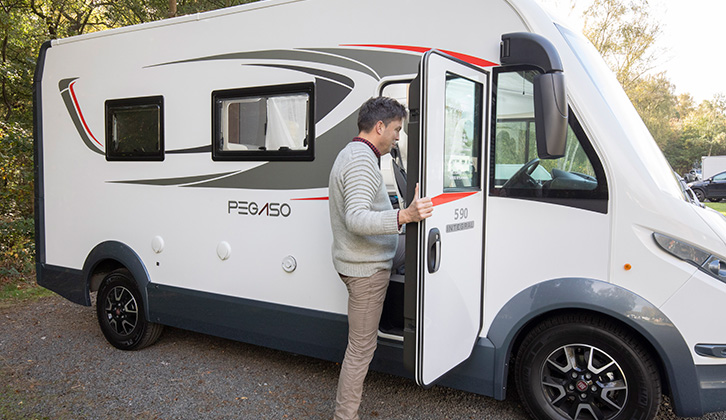
If you’re planning to tour with family, it’s a good idea to take everyone with you who will likely be travelling in the motorhome on your test drive. After all, sometimes rear passengers will pick up on movement or discomfort that you can’t feel in the front, or that doesn’t bother you. Check they have enough room and that their feet can touch the floor.
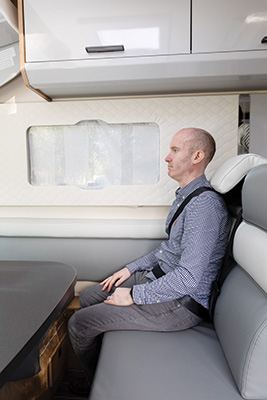
If you take a dog on tour with you, ensure that there’s room for it to be safely and comfortably secured. Check that everyone in the motorhome can easily hear the stereo (and each other), to ensure that everyone will be happy when you’re on the road.
If you’re planning on taking bikes or other large bits of equipment with you, it’s a good idea to take them with you on your test drive. Check that you can fit them in any garage and that everything can be safely secured. If there’s a bike rack fitted, ensure that you’re capable of lifting the bikes up to it, particularly if it’s placed up high. Don’t forget, if you’re looking for a rack, be sure to take a look at our best motorhome bike rack round-up too.
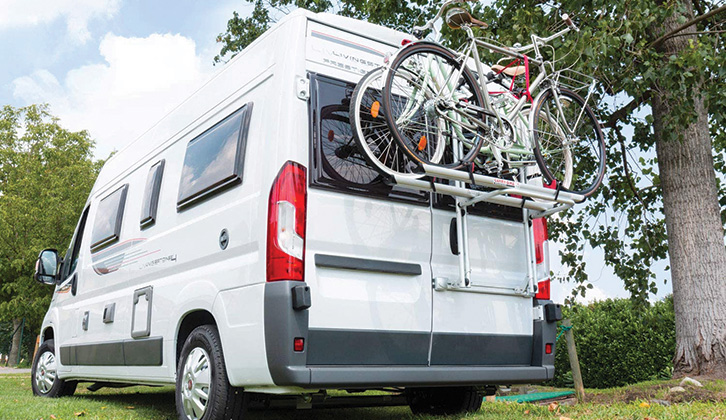
To be extra careful, pre-book a visit to a weighbridge during your test drive and check the vehicle’s weights.
Triple check that the motorhome’s dimensions will fit onto your driveway, and that it’s not too tall to fit beneath any overhanging brickwork of nearby buildings. If the dealer is local, you could even try parking it at home.
Can you park close enough to a domestic plug socket to allow you to run it off the mains from time to time? That’s not a deal breaker, but will enhance your motorhome experience.
If there’s no reversing camera fitted, check that you’re happy manoeuvring the vehicle in tight situations, such as on country lanes. Some motorhomes have rearward through visibility, but many do not, so you’ll need to be comfortable using your mirrors.
Similarly, check that you’re happy with the visibility offered through side windows when turning right onto a major road – sometimes this can be obscured, and the situation becomes more tricky when there’s no passenger to inform you about oncoming traffic.
Make sure that anyone who will be driving the vehicle during its time with you takes their turn during the test drive – you don’t want to buy a vehicle, only for your co-driver to be uncomfortable on the road.
HPI check
Before parting with any cash, you should get an HPI check on the vehicle. This uses the registration number to allow you to get up-to-date information on whether the vehicle is an insurance write-off, has had any numberplate changes, has any outstanding finance on it, and much more. It’s worth paying for the most comprehensive check possible. For more details on this, pay a visit to hpicheck.com.
Looking for more tips and advice to help you buy the right motorhome for you? Then be sure to head to our Back to Basics – Buying a van category, where you can find plenty of ideas that will help you buy the perfect ‘van for you!
Interested in a used motorhome but want to find out more about the brand before you take it for a test drive? Then be sure to take a look at our guide to the best motorhome manufacturers, where we reveal all you could need to know.
If you’ve enjoyed reading this article, why not get the latest news, reviews and features delivered direct to your door or inbox every month. Take advantage of our brilliant Practical Motorhome magazine SUBSCRIBERS’ OFFER and SIGN UP TO OUR NEWSLETTER for regular weekly updates on all things motorhome related.
